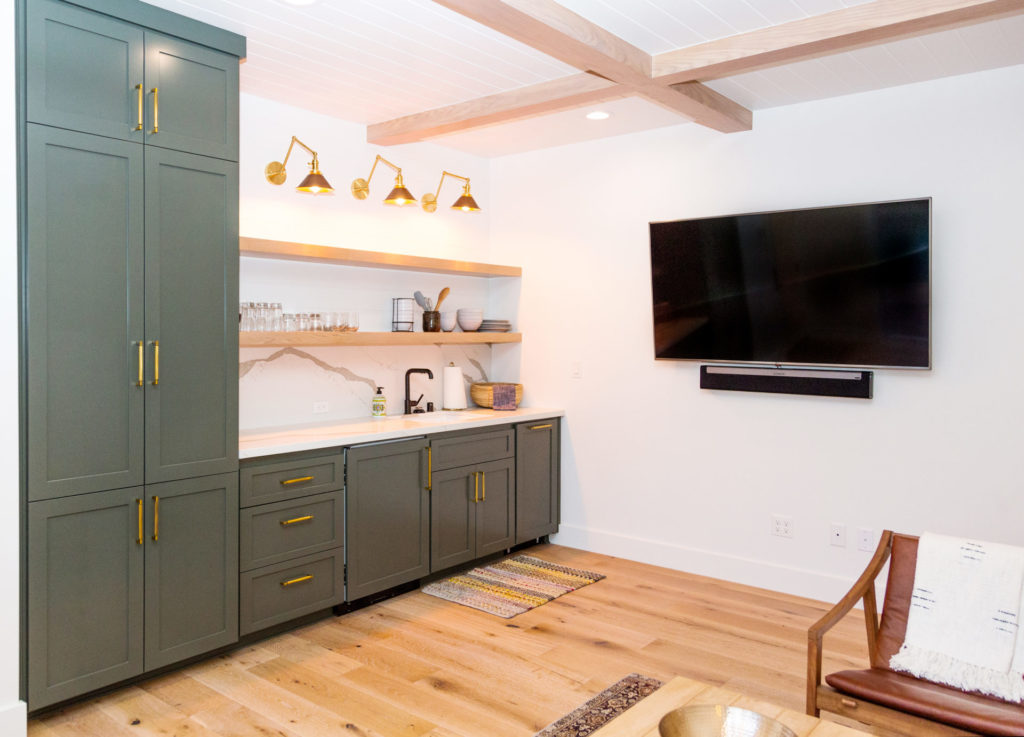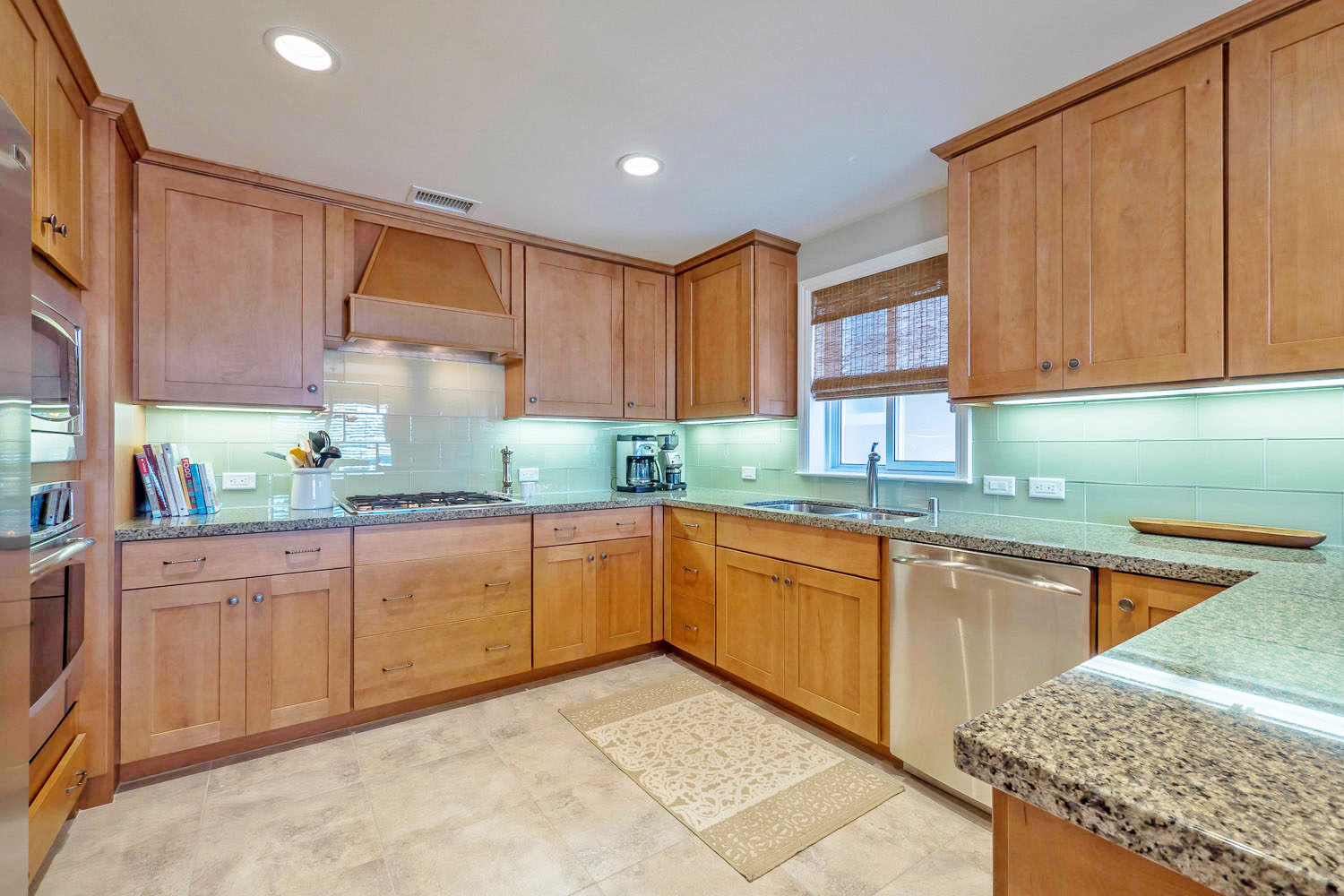Optimizing the Budget
May 21st, 2020 | by dpcustombuilder | Posted in build process, Client Relationships, new home comfort
The ability to ‘value engineer’ the project is one hallmark of an experienced pro.
Stretching to get the most value for the dollar is a sport we all love to play. This certainly applies to building a home. It’s not unusual for the homeowners’ vision to be out of sync with the budget. Although this can be discouraging, a professional builder can suggest creative solutions that reduce costs while still delivering that vision.
The method for finding these solutions is called ‘value engineering.’ This is really just a fancy term for doing everything in a way that optimizes the return on every dollar—but pulling it off is easier said than done.
One of the differences between a merely competent builder and a real pro is the understanding that value engineering is not a random cost-cutting exercise; instead, it’s a systematic and thoughtful approach to satisfying the homeowners’ most important needs while honoring the budget.

Items that can be value-engineered include the design of the home as well as the materials and products that go into it. The builder will scrutinize the plans and specifications (or the homeowners’ concept, if plans haven’t been drawn yet), visit the building site, and then suggest alternatives that lower costs while maintaining quality. The goal is to support the homeowners to make informed choices.
Most people only understand these types of tradeoffs in broad terms. They know that a home with a complex roof, lots of wall corners, and granite surfaces in the kitchen and bath will cost more to build than an equally sized home that’s a simple box with a straight gable roof and laminate counters. But obvious contrasts like that aren’t what we’re talking about.
Real value engineering is more subtle. It’s not unusual to be able to shave tens of thousands of dollars off the budget for a custom home by making a lot of small adjustments that only minimally impact the home’s look and feel—if you know how to do it right.
How does the builder know where to make those adjustments?
By asking the right questions in the right way, identifying patterns in the answers, and reading between the lines. A builder who is good at this can often uncover priorities that the homeowners weren’t able to articulate. Solutions can then be tailored to those priorities.
For instance, the builder may tease out which spaces can and can’t be altered. If the conversation reveals that the homeowners aren’t likely to use the front porch very often, they may be receptive to making it smaller. If they have more enthusiasm about the master suite than about the kitchen, they might be amenable to less-expensive fixtures in the kitchen but not in the bath. Where substitutions must be made, the trick is in knowing which lower-cost materials and design features will deliver the needed performance, aesthetic, or warranty features, while not increasing maintenance costs or reducing the home’s longevity.
Value engineering can also include reducing exterior wall space by simplifying the facade. Exterior walls cost a lot more to build than interior walls, so a facade with fewer corners, nooks, and crannies will require less materials and labor. Changes could be as simple as moving windows or doors a few inches to eliminate framing members, or as complex as adjusting the home’s footprint to minimize waste in roofing and siding without sacrificing interior space.
It can even mean working with subcontractors to redesign pipe, wire, and duct runs. In fact, good value engineering is a team effort, and a good team of subcontractors will be accustomed to helping make it work.
Builders who do this well are able to draw on deep design and construction experience, solid business processes, and very good people. Those attributes are, of course, the hallmarks of a professional builder.
Warm Regards,


